Russell Turner was a private inventor from Pennsylvania, and submitted this prototype to the Light Rifle trials in August of 1941. It was an unusual entrant in its use of a metal forearm and tubular metal stock (both of which were deemed unacceptable by the test committee). It was a gas operated design with a 3-position adjustable gas regulator and a piston running along the right side of the barrel. Full auto fire was enabled by turning the hex-head socket screw behind the trigger. It weight in at 4.5 pounds with a sling and 5-round magazine, with a 15.5 inch barrel and 33.9 inch OAL.
The rifle did not perform well in testing – the committee rated its general functioning as “poor”, although it did not have trouble with parts failures. Accuracy and recoil were deemed excellent, but the rain and dust tests were not very successful. The final report suggested that Mr. Turner improve the rifle and resubmit it.
Second version
Turner did submit a second variant of his carbine in September 1941 (less than a month after testing of his first design). The new gun had a tradition wooden stock and foreend, no longer had a full-auto setting, and had been modified to prevent some of the problems of the first design. However, it was clearly a very hasty rework. The second design was a small improvement, rated “fair” in functioning (up from “poor”), but it was expected that the problems could be worked out. The design showed promise, but needed better execution.

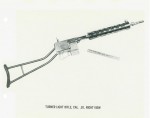
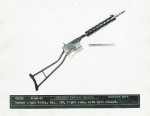
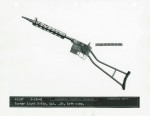
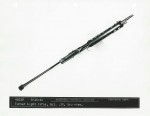
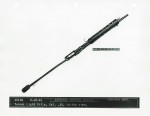
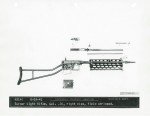
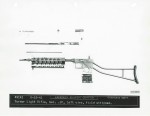
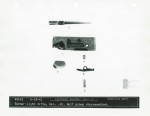
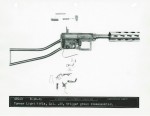
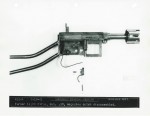
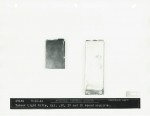
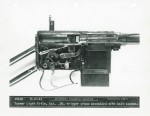
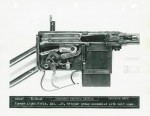
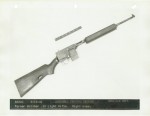
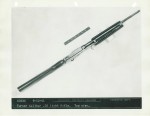
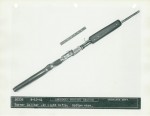
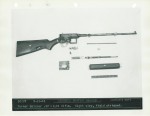
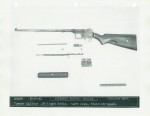
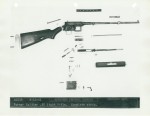
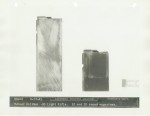

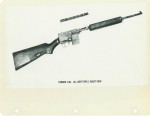
Be the first to comment